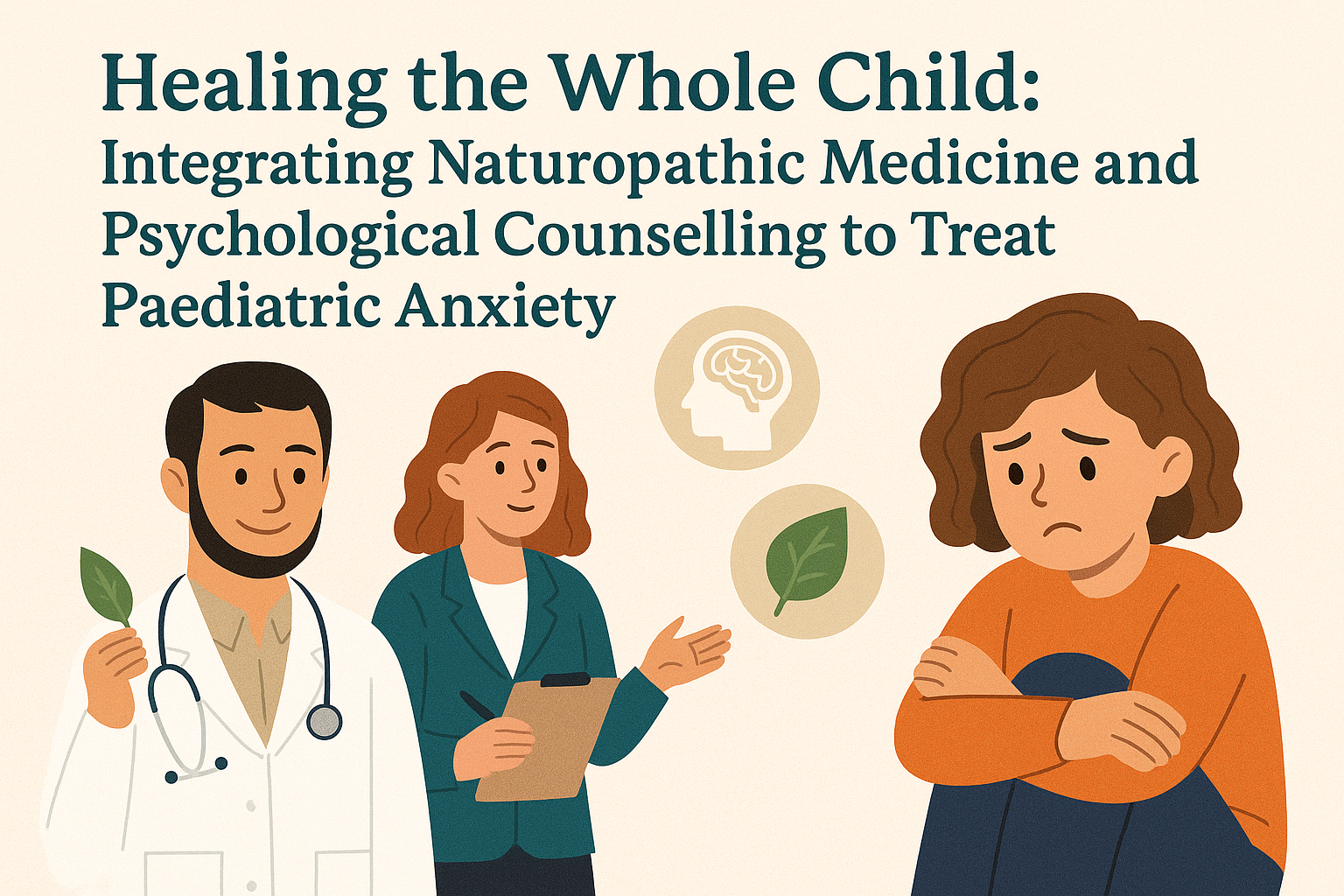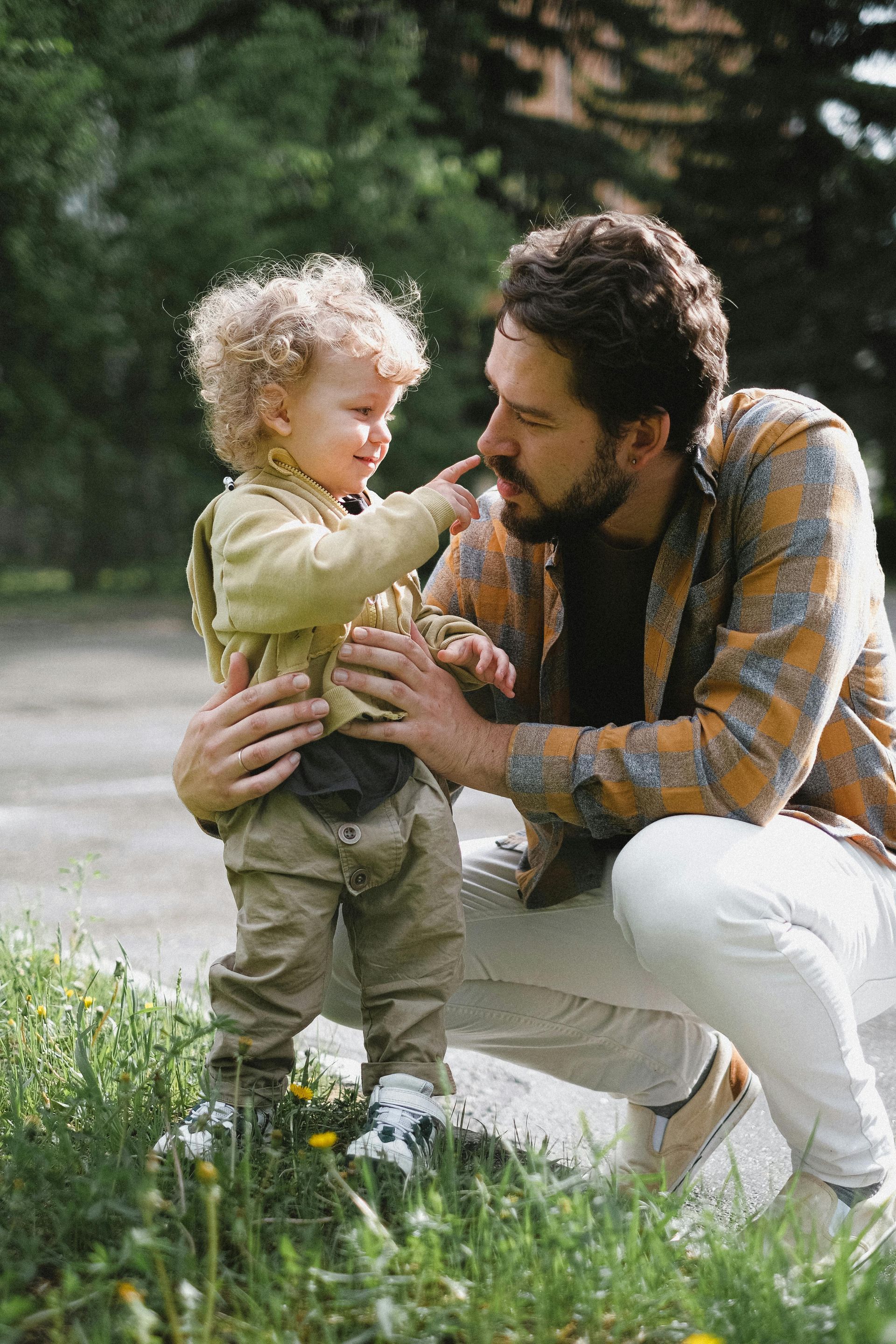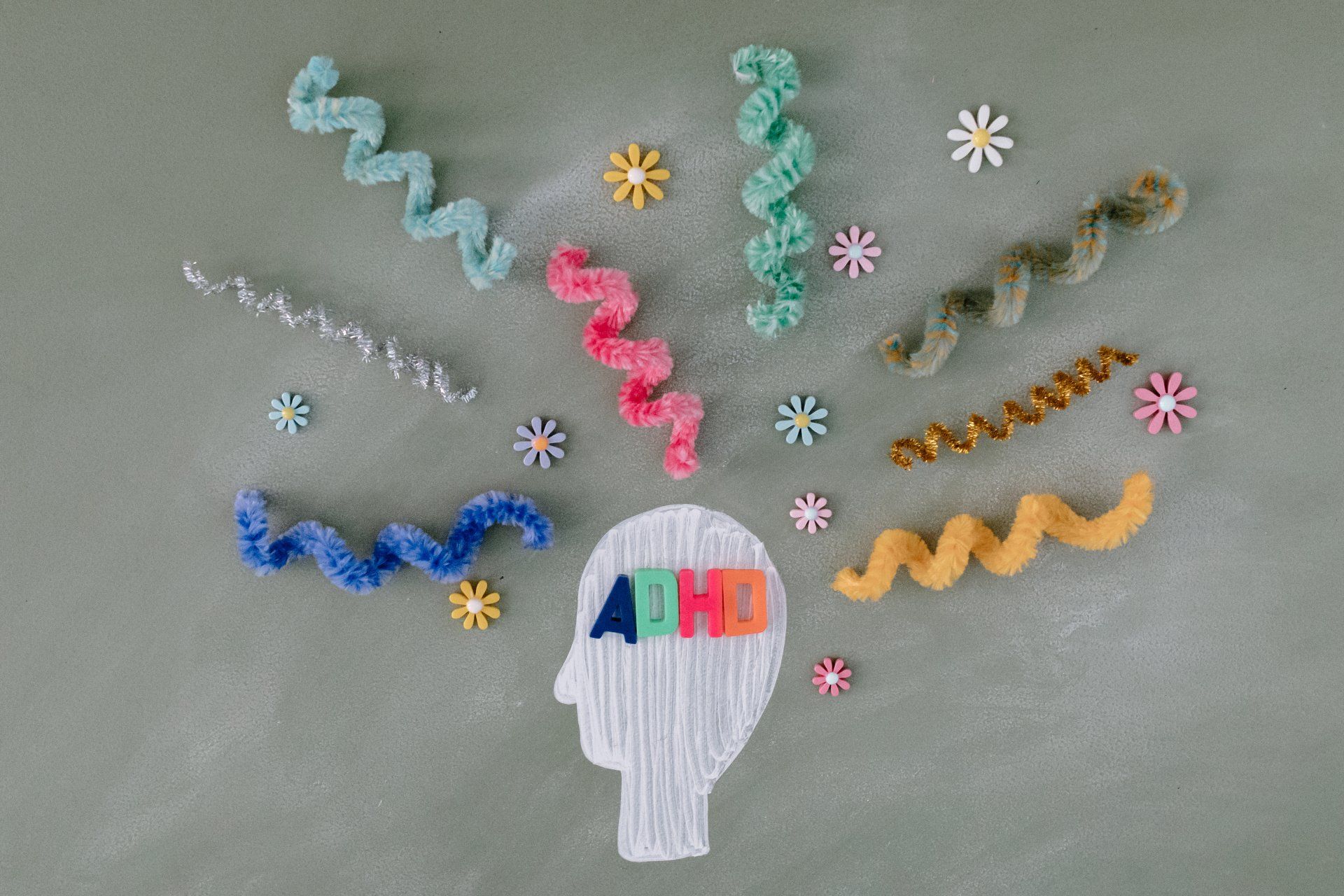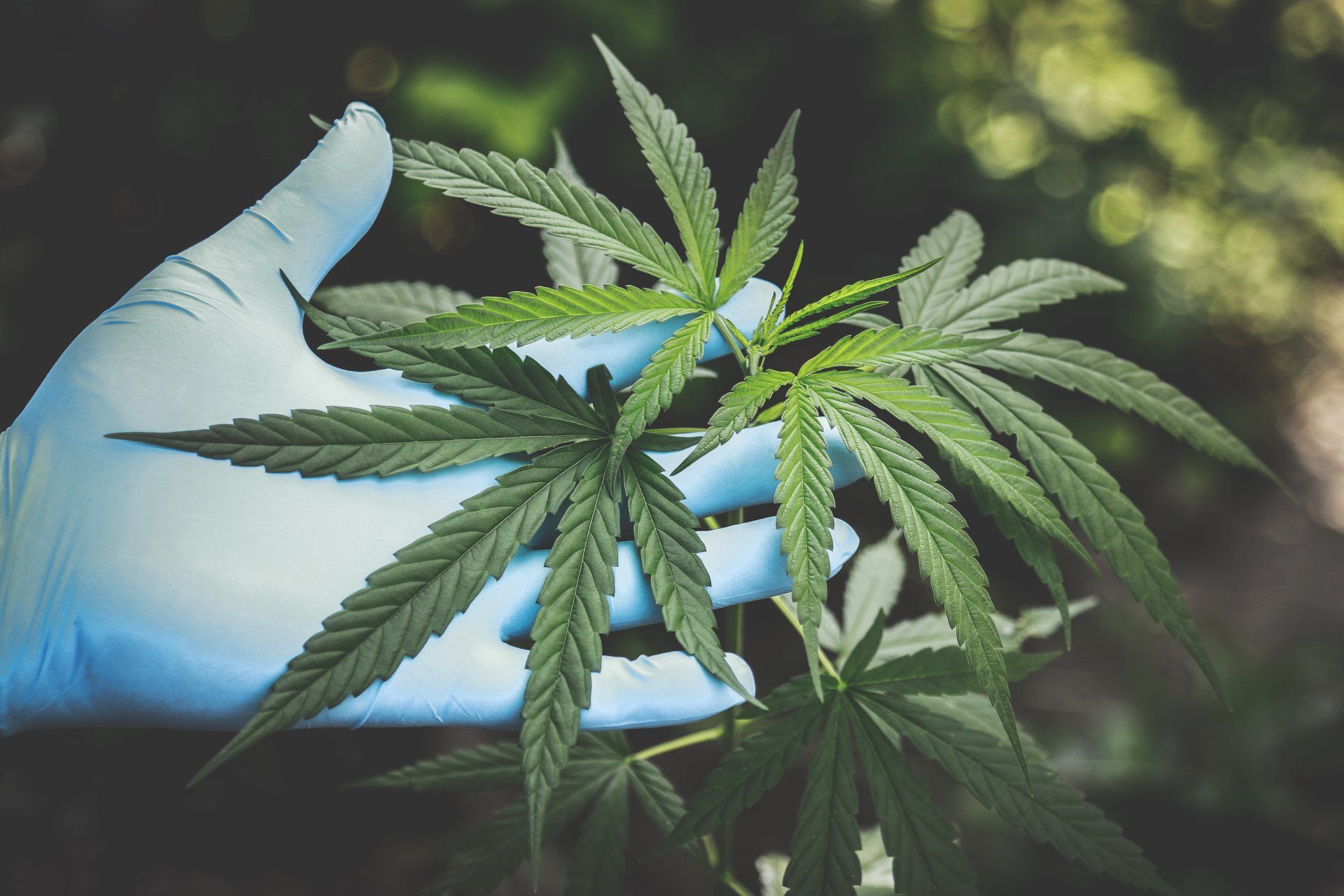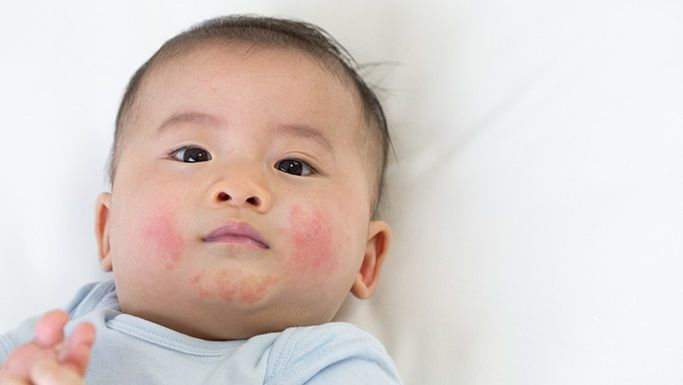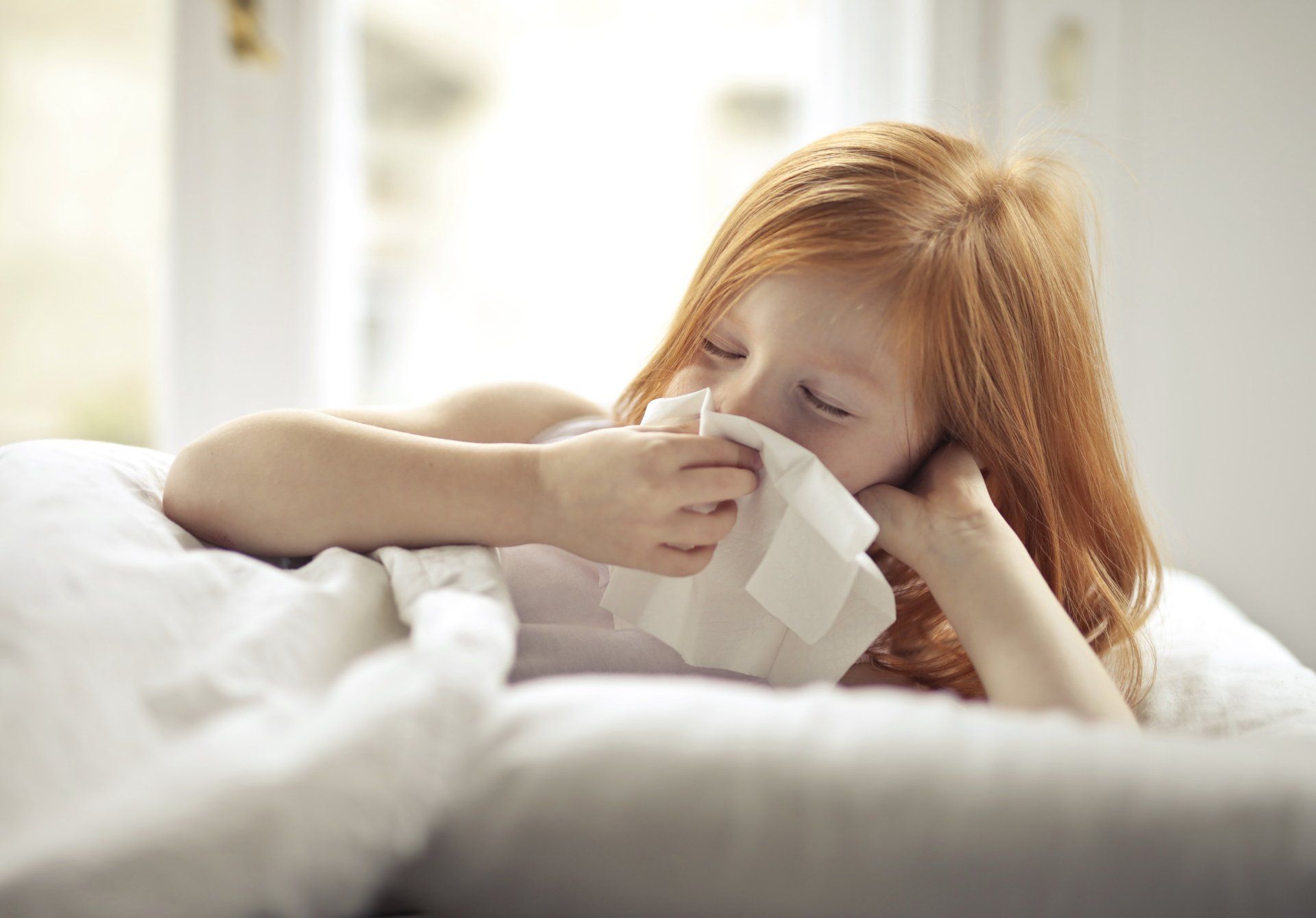Top 5 Common Skin Rashes in Children: A Parent's Guide to Recognition and Treatment
The soft, smooth skin of a child is a canvas that tells a story of their health and well-being. But, what happens when this canvas is disturbed by the appearance of redness, itching, or bumpy rashes? For many parents, the sudden emergence of a skin rash in their child can be alarming. However, armed with awareness and knowledge, parents can confidently navigate these skin conditions, understanding that most are common and manageable.
Uncover the Mystery Behind Your Child's Rash
The first step in managing a child's skin rash is to identify which type of rash has developed. Here, we will explore the top 5 skin rashes in children, including their symptoms, causes, and appropriate treatments.
1. Eczema (Atopic Dermatitis)
Eczema is one of the most prevalent skin conditions in children, affecting over 10% of infants. The rash is typified by red, itchy patches and can appear on various parts of the body.
Causes and Triggers:
The exact cause of eczema is unknown, but genetics and environmental factors play a significant role. Certain triggers, like rough fabrics, foods or environmental allergens, can worsen the condition.
Treatment and Management:
- Keep the skin hydrated with emollient-based creams and ointments.
- Use mild, fragrance-free soaps and detergents.
- Manage itching with with anti-histamine compounds and keep your child's nails trimmed to minimize damage to the skin from scratching.
- Identify and avoid triggers that you notice cause flare-ups in your child.
When to Seek Medical Attention: If your child's eczema becomes severe, if the itching is disrupting sleep or daily activities, or if their skin shows signs of infection (such as crusting or oozing), consult with a healthcare professional.
For more information on Naturopathic solutions to childhood eczema click here
2. Diaper Rash (Irritant Dermatitis)
Diaper rashes are extremely common in babies and appear as red, irritated skin on the baby's bottom, thighs, and genitalia.
Causes and Aggravators:
Friction, prolonged exposure to wetness, chafing from diapers, and soiled diapers are primary causes. Introduction of new foods can also change the pH of stool, making it more irritating.
Prevention and Treatment:
- Change diapers frequently.
- Use a soft cloth to clean the baby's diaper area and avoid wipes with fragrance or alcohol.
- Apply a thick layer of diaper cream with each diaper change, especially if the rash is just a pink colour.
When to Seek Medical Attention: Prolonged or severe rashes may require a medicated cream and a doctor's consultation. If there are any open sores or signs of infection, such as pus-filled bumps, seek immediate medical advice.
3. Heat Rash (Miliaria)
This rash appears as tiny, red bumps on areas of the body that are prone to sweat, usually in hot, humid weather.
Causes and Prevention in Hot Weather:
Sweat gets trapped under the skin, leading to inflammation and the characteristic bumps. Dressing babies and young children lightly in hot weather and keeping them in air-conditioned rooms can help prevent this condition.
Soothing Remedies:
- Keep the skin cool and dry.
- Avoid tight clothing that restricts airflow.
- Use calamine lotion to soothe any itching or discomfort.
When to Seek Medical Attention: Most heat rashes clear up on their own. However, persistent rashes may require evaluation by a healthcare provider.
4. Fifth Disease (Erythema Infectiosum)
Fifth Disease is a viral illness that occurs most commonly in children ages 5 to 14. It usually begins with a low-grade fever, headache, and mild cold-like symptoms, followed by a characteristic red rash on the face, which gives the child a "slapped cheek" appearance, and a lacy rash on the trunk and limbs.
Contagious Period and Transmission:
A child with Fifth Disease is most contagious before the rash appears. The disease is spread through respiratory secretions, like saliva, nasal mucus, or respiratory droplets.
Consultation with a Paediatrician:
If your child has Fifth Disease, it's important to notify their school or childcare provider. In most cases, this disease just needs to run its course, but consulting with a Naturopath or paediatrician can help ensure a proper diagnosis.
5. Hand, Foot, and Mouth Disease (HFMD)
HFMD is a common viral illness that typically affects children younger than 5 years old. It is characterized by sores in the mouth and a rash on the hands and feet.
Symptoms and Treatment:
Symptoms include fever, sore throat, a feeling of being unwell, and a rash that appears 1-2 days after the fever. Treatment is mostly to alleviate the symptoms as HFMD resolves on its own.
Prevention and Spreading:
Maintain good hygiene, including regular handwashing, and disinfecting frequently touched surfaces. Keep your child home from daycare or school if they are sick, especially if they have a fever or they are drooling.
When to Seek Medical Attention: See a healthcare provider if the child refuses to drink or seems dehydrated, if sores or blisters appear infected, or if there are signs of viral meningitis such as severe headache or neck stiffness.
Leveraging Knowledge for Comfort and Care
Understanding these common skin rashes empowers parents to take the necessary steps to provide relief and, in some cases, prevent further discomfort or complications. Remember, early recognition and appropriate management of skin rashes can make a significant difference in your child's comfort and recovery.
Key Takeaways for Parents and Guardians
Stay observant and informed. Each child's health story is unique, and recognizing the nuances of their skin can guide you towards prompt intervention and, ultimately, their well-being.
Calling All Parents: Share this Guide for Unified Preparedness
Encourage a network of parents to share these insights. Solidarity in preparedness fosters a secure environment for children. May knowledge and community stand as the guardians of children's health, making skin rashes just a mild, manageable intercept in their childhood tales.
